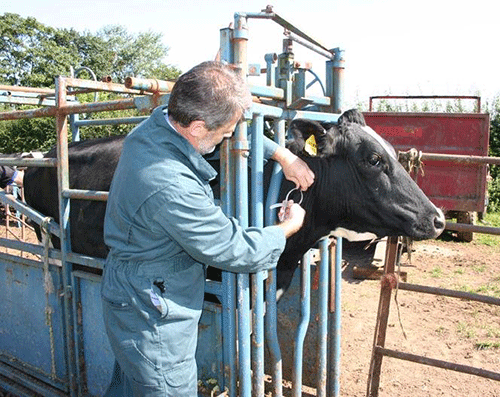Tuberculosis (TB) can occur in many animals (cattle, sheep, goats, chickens, pigs, dogs, and wildlife such as lions, baboons and buffaloes), but this article focuses mainly on TB in cattle, which is termed bovine TB. Bovine TB is not only sometimes fatal, but also contagious, and it can spread to other livestock.
This leads to a loss in production and/or draught animal power. Bovine TB is caused by bacteria, though not the same as those that cause TB in humans.
But research suggests that bovine TB can cause infections in humans.
Cattle become infected by breathing in small water droplets in the air from sick animals’ coughing, or by grazing grass contaminated with the droppings of infected animals.
Calves can become infected through the milk of sick animals.
Postmortems of cattle that have died of bovine
TB reveal abscesses in the organs, varying from pinhead size to huge.
It is difficult to identify the disease, but if you suspect it in your herd, ask your state veterinarian or animal health technician to test the animals.
A skin test will be used, and the veterinary staff will return to read it a few days later.
Have your cattle tested every year. If any are positive, isolate them and brand a ‘T’ on the left side of the neck. It is best to cull them; they will never recover and could infect other animals or people.
The meat of infected animals should not be eaten unless it has been inspected and passed at an abattoir. Milk for human consumption should be pasteurised or boiled. Buy only healthy animals that have been tested and have a certificate proving them negative for bovine TB (and brucellosis).
Humans who have TB should not work with animals.
-Farmers Weekly


